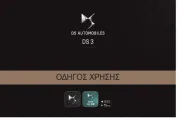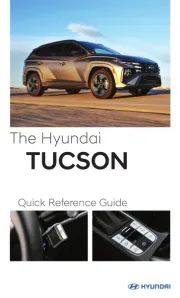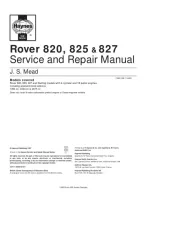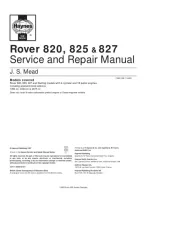Nissan GT-R (2021) Manual
Læs gratis den danske manual til Nissan GT-R (2021) (193 sider) i kategorien var. Denne vejledning er vurderet som hjælpsom af 9 personer og har en gennemsnitlig bedømmelse på 3.5 stjerner ud af 5 anmeldelser.
Har du et spørgsmål om Nissan GT-R (2021), eller vil du spørge andre brugere om produktet?

Produkt Specifikationer
| Mærke: | Nissan |
| Kategori: | var |
| Model: | GT-R (2021) |
Har du brug for hjælp?
Hvis du har brug for hjælp til Nissan GT-R (2021) stil et spørgsmål nedenfor, og andre brugere vil svare dig
var Nissan Manualer
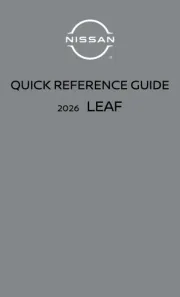
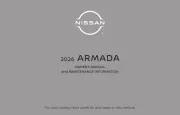
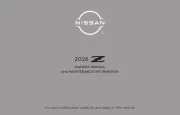
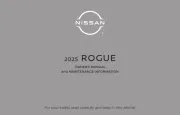
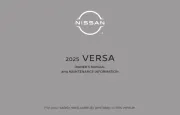
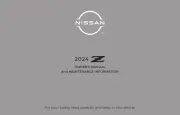
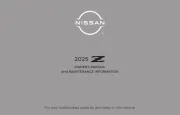



var Manualer
- GMC
- Hyundai
- Dodge
- Toyota
- Tesla
- Lotus
- Xpeng
- Maserati
- Volkswagen
- Mercury
- Aston Martin
- Datsun
- Pioneer
- Mazda
- Honda
Nyeste var Manualer

